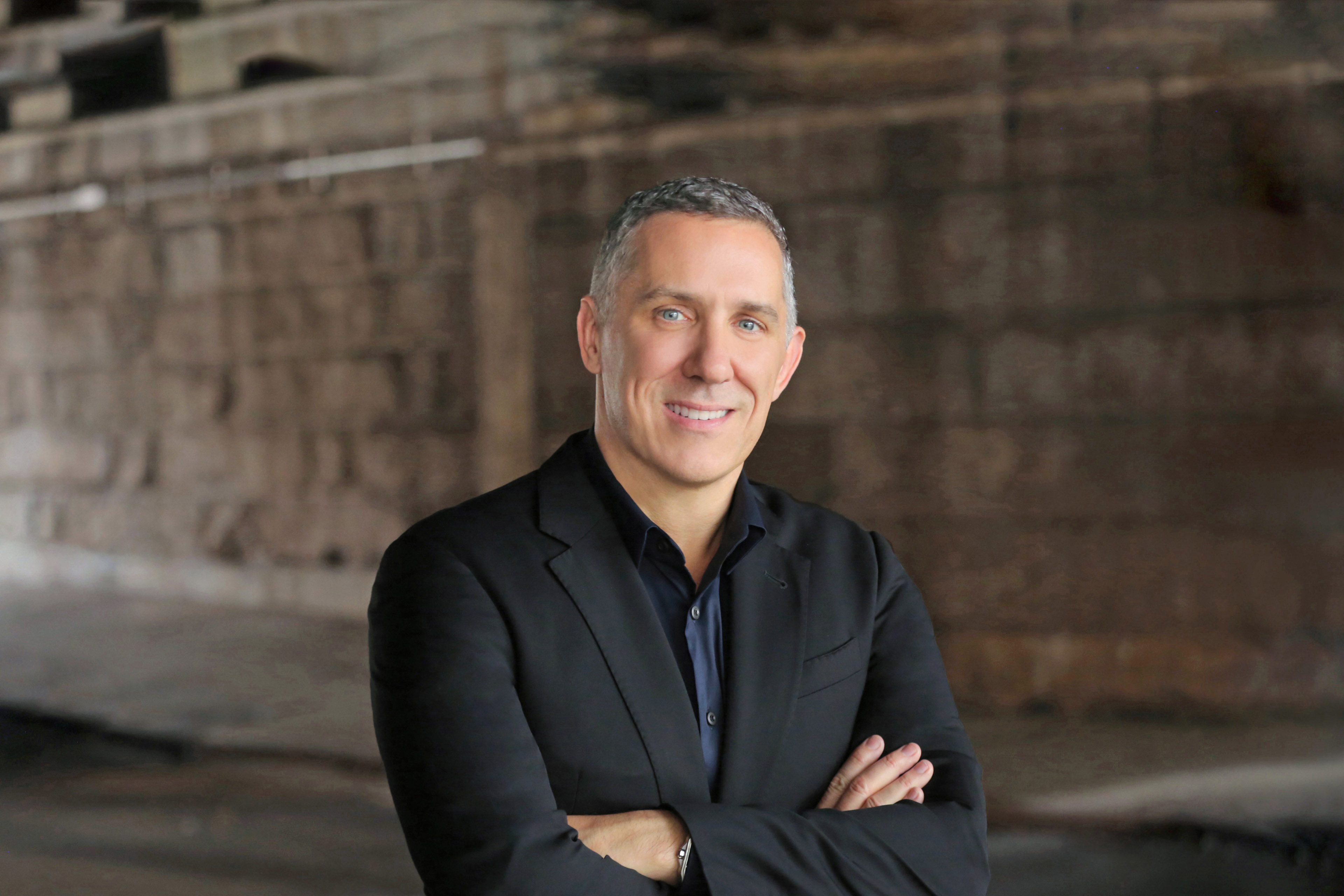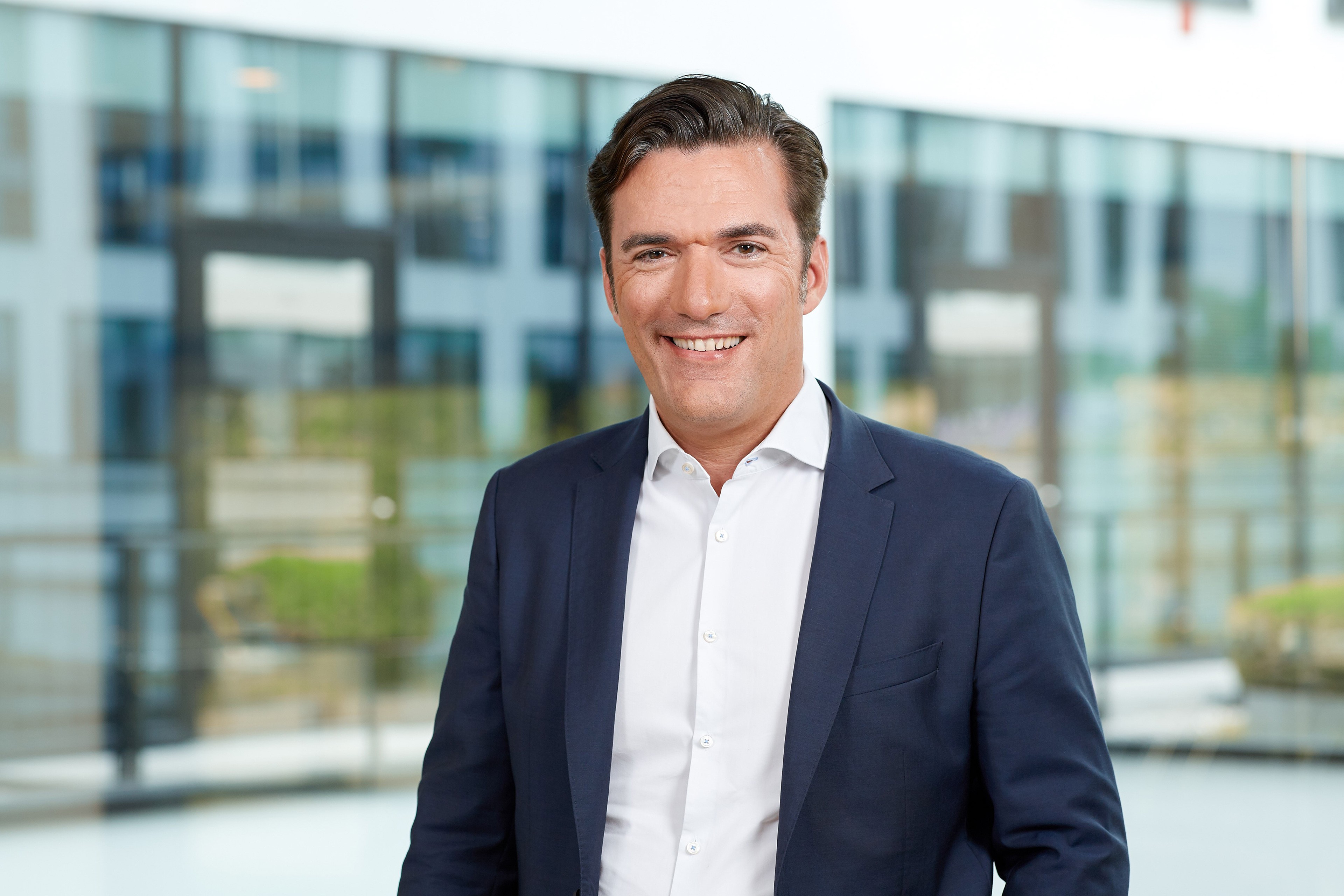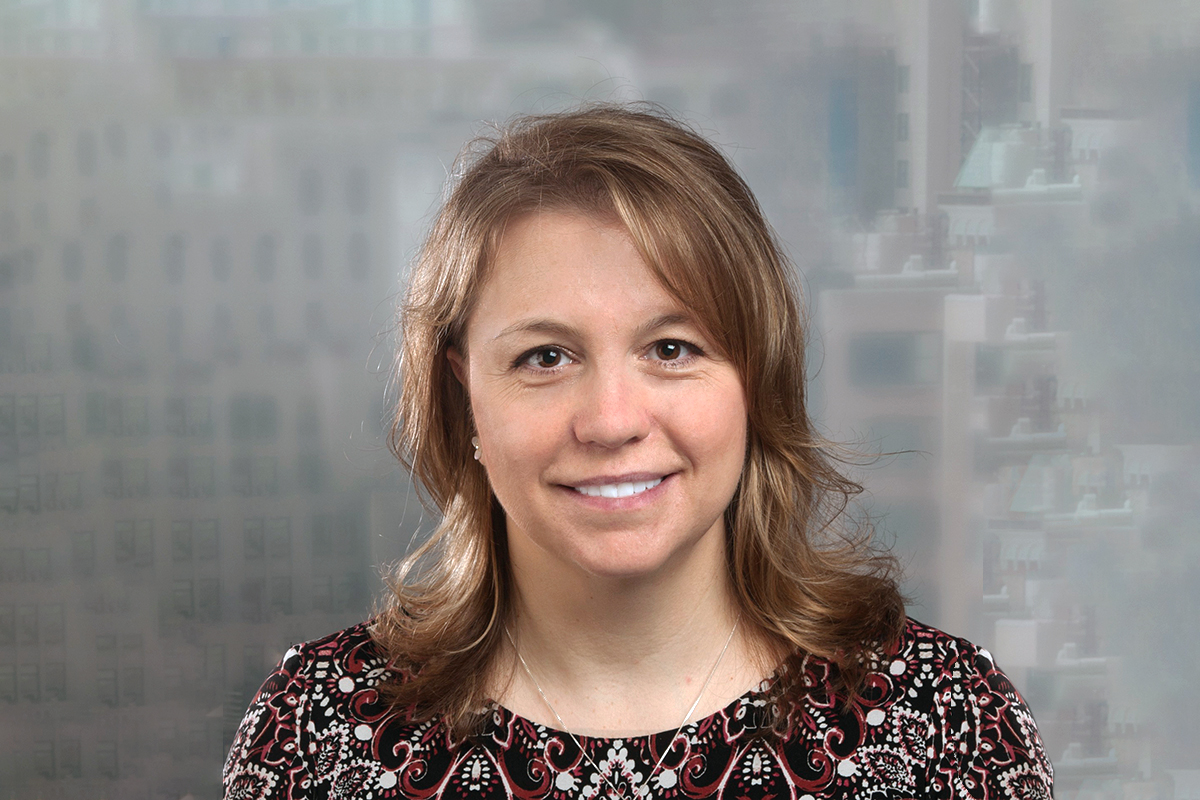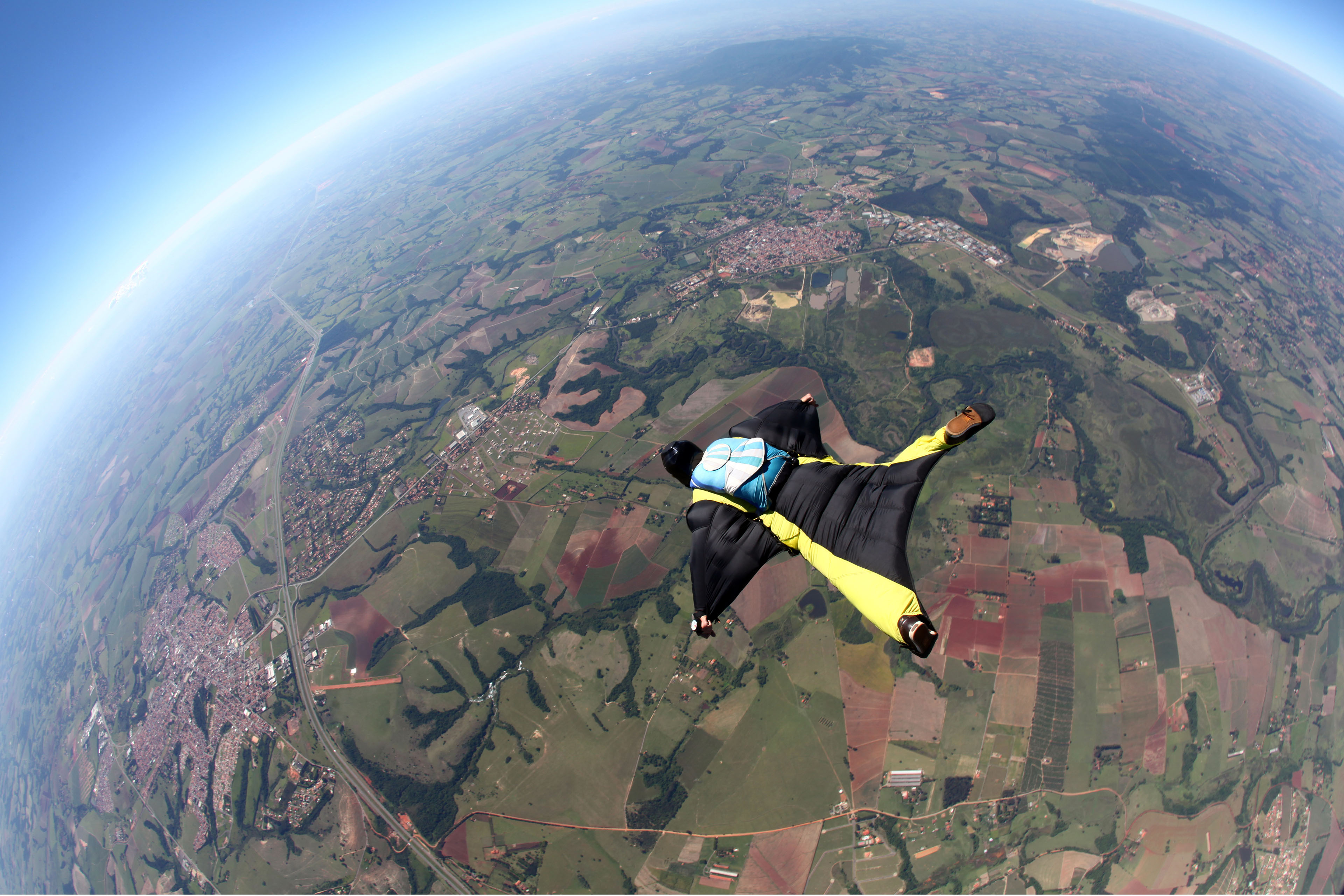EY refers to the global organization, and may refer to one or more, of the member firms of Ernst & Young Global Limited, each of which is a separate legal entity. Ernst & Young Global Limited, a UK company limited by guarantee, does not provide services to clients.
Case study
EY has helped fashion retailer ASOS to identify opportunities to unlock value, making it more resilient and better prepared for the future.. Learn more.
Read moreSolution benefits
A redesigned operating model will help you deliver your existing business model while developing and supporting the broad spectrum of new strategies and innovations that future success requires:
- Consumer intimacy: Increased consumer understanding will help to proactively anticipate market needs and create long-term relationships with your consumers.
- Data-driven decision-making: Achieve lower cost of operations by optimizing current processes and systems and increase utilization through capabilities pooling. Get to market faster with new products through established platforms to ideate, test, pilot and scale grounded in data and analytics.
- Capability access: Market-based collaborations are enabled through internal and external ecosystem capabilities and trusted information exchanges. Increased agility will develop from the right mix of human, machine, and ecosystem capabilities.
- New revenue streams: Leverage in-house and ecosystem partners to develop new and multiple business models. Achieve long-term value through building and activating a pipeline of ideas aligned with the purpose of your business.











